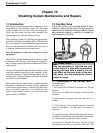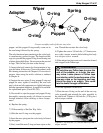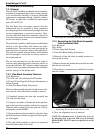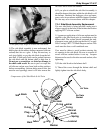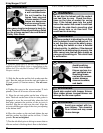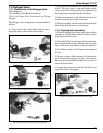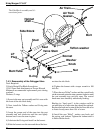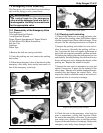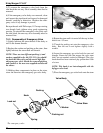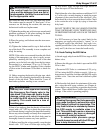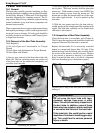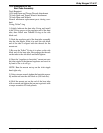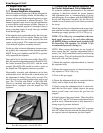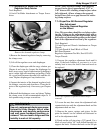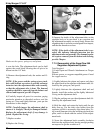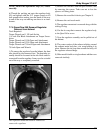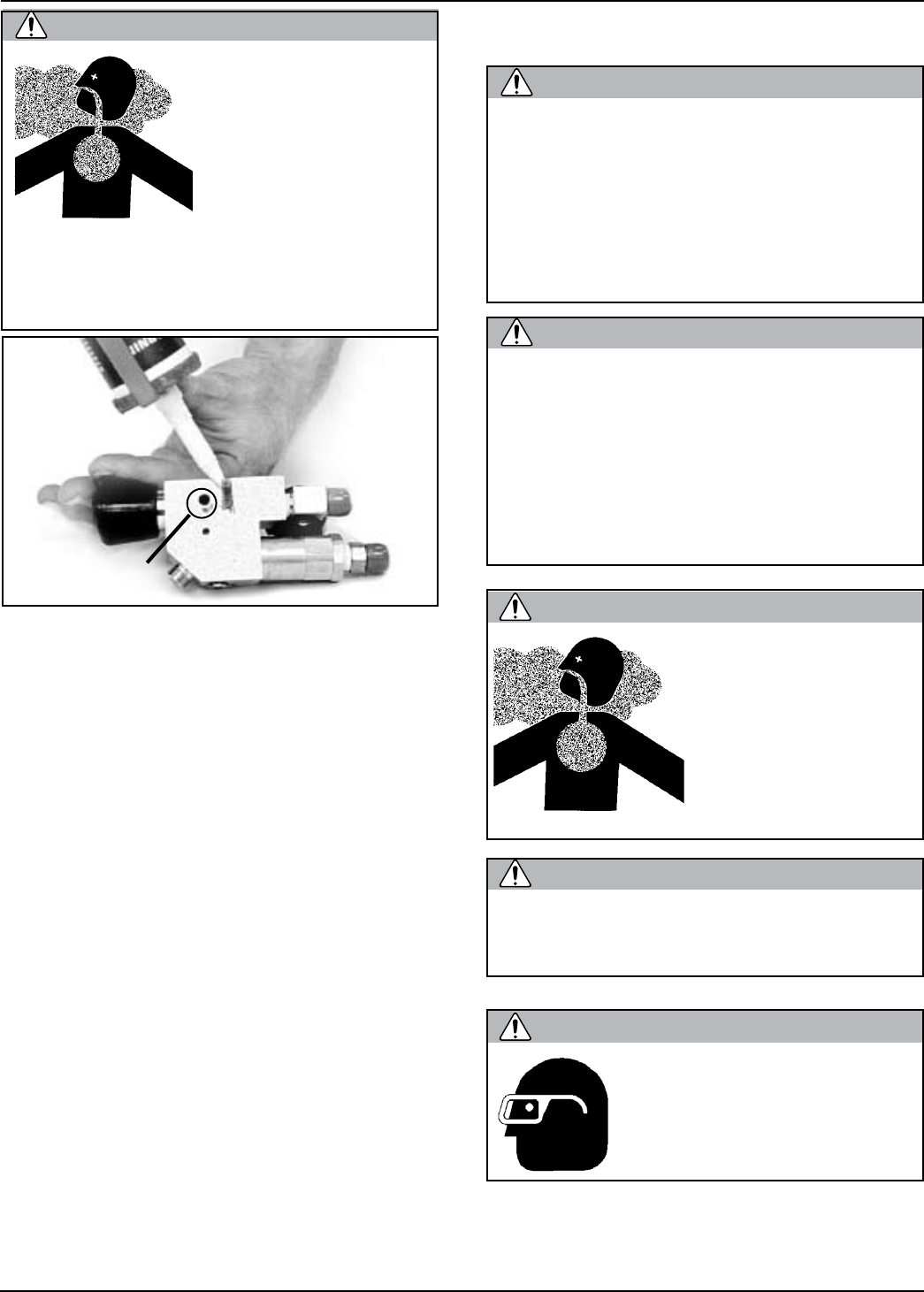
72
© Copyright 1970-2008 Kirby Morgan Dive Systems, Inc. All rights reserved. Document # 080508001
Kirby Morgan 37 & 57
A generous application of silicone sealant must be
applied to the side block prior to installation on the
helmet shell. Use only Dow Corning™ RTV 732 Multi
Purpose sealant.
DO NOT BLOCK
AIR OPENING!
Do not dive the helmet until the sealant
has had time to cure. Check the direc-
tions on the tube of sealant for curing
time. If the helmet goes into the water
before the sealant has cured it could leak
through the side block mounting stud
hole, screw hole, or air flow hole. This
could lead to drowning.
WARNING
also cause long term damage to body tis-
sue. Read and follow all precautions listed
on the silicone sealant tube and Material
Safety Data Sheet.
WARNING
Use silicone sealant in
a well ventilated area.
Do not breathe the
fumes from uncured
silicone sealant. These
fumes are dangerous
and can cause uncon-
sciousness. They can
3) Slide the flat washer and the lock washer onto the
stud. Run the stud nut down the stud and tighten to
35 inch pounds (4 Newton meters). Do not over-
tighten!
4) Tighten the screw to the correct torque, 35 inch
pounds. Clean off all excess silicone sealant.
5) Place the air train gasket on the base of the air
train. The knob on the base of the air train gasket is
designed to cover the recessed hole where the bolt
that helps maintain the position of the air train is
installed. Slip the air train over the stud. Align the
air train with the upper edge of the view port opening
in the helmet shell.
6) Place the washer on the stud and tighten the nut
until the washer lays flush on the air train, 15 inch
pounds. Do not overtighten!
7) Test the side block prior to diving to ensure that no
silicone sealant is blocking the air flow to the helmet.
If it is, it must be cleaned out prior to diving.
If silicone sealant is blocking the air flow
into the helmet it must be cleaned out. If it
is not, the diver may not be able to prop-
erly defog the helmet or clear a flooded
helmet quickly. In addition, if the demand
regulator is not delivering air properly, the
diver cannot use the free flow system as
a source of breathing air. This could lead
to suffocation.
WARNING
WARNING
Avoid skin contact with lacquer thinner.
Wear rubber gloves. Lacquer thinner can
damage the nervous system.
Avoid breathing
fumes from lacquer
thinner and use in a
well ventilated area.
Breathing fumes
can lead to nervous
system damage,
unconsciousness,
and death.
WARNING
Avoid eye contact with lac-
quer thinner. This chemical
is an irritant and may cause
tissue damage.
WARNING



